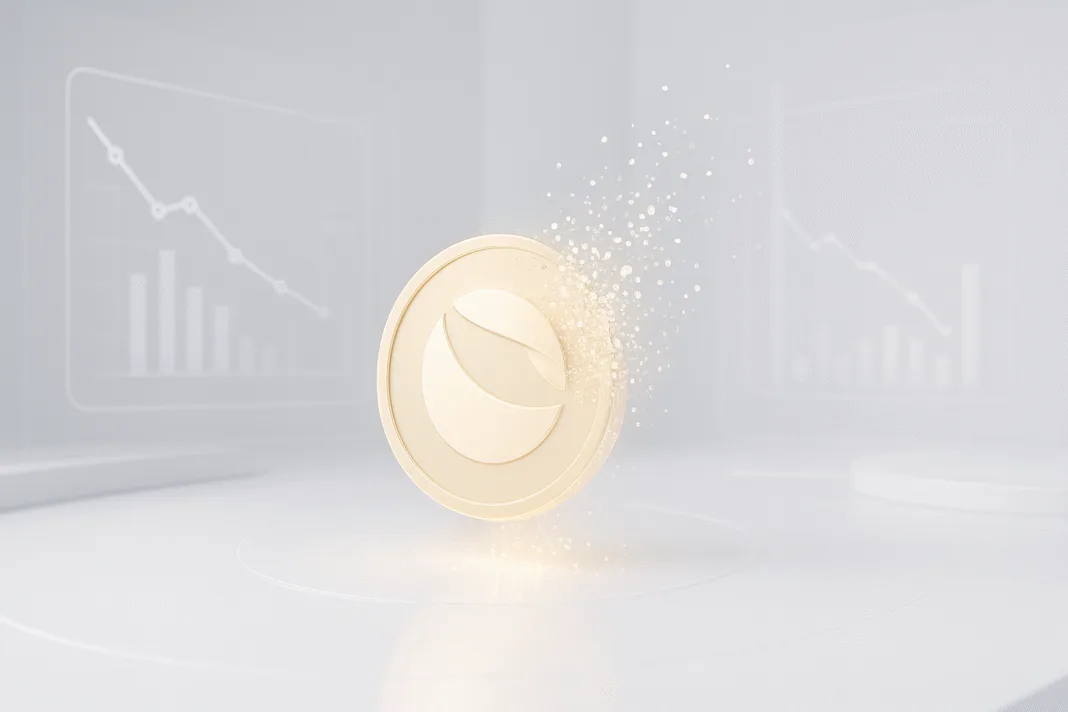The Terra Classic burn mechanism has emerged as a cornerstone of the LUNC ecosystem’s revival strategy following the 2022 collapse. Designed to combat hyperinflation, this deflationary tool permanently removes Luna Classic (LUNC) tokens from circulation, gradually shrinking the token supply and fostering scarcity. But how exactly does the Terra Classic burn mechanism affect LUNC token supply, and what does it mean for investors?
At its core, the burn process operates via an on-chain transaction tax. Implemented through community governance proposals like 3568 and 4159, it levies a 0.5% fee on all LUNC transfers as of mid-2025—down from an initial 1.2% to balance usability and deflation. This tax deducts tokens from each trade and sends them to an inaccessible burn address, effectively destroying them. The mechanism exempts swaps between LUNC and USTC (TerraClassicUSD) to support stablecoin liquidity, ensuring the focus remains on reducing overall supply without hindering core functions.
Complementing the tax are community-driven burns. Major exchanges like Binance contribute significantly, donating trading fees—often over 50% of total burns—to the official address. Validators, developers, and holders also donate directly, accelerating the process. Since May 2022, over 410 billion LUNC have been incinerated, trimming the circulating supply from a peak of 6.5 trillion to around 5.4-5.8 trillion today. Daily burns average 48 million tokens, with weekly peaks exceeding 383 million.
This sustained reduction creates deflationary pressure, theoretically elevating LUNC’s value by increasing scarcity amid steady demand. For instance, a 320 million token weekly burn in late 2024 correlated with a short-term price surge, as lower supply can amplify bullish momentum. However, challenges persist: the remaining trillions dilute immediate impact, and external factors like market sentiment influence outcomes. The tax deactivates at a 10 billion supply cap, locking in permanence.
Overall, the Terra Classic burn mechanism exemplifies community resilience, transforming a crisis into a path for long-term stability. By methodically eroding excess supply, it positions LUNC for potential recovery, underscoring the power of tokenomics in crypto ecosystems.

